I had the privilege of receiving my certification in Yin yoga in May 2019 with Bernie Clark and Diana Batts from Vancouver, British Columbia. Today, I would like to share a few of my learnings in regards to this practice.
What is Yin Yoga?
Yin yoga is a quieter practice and can introduce us to the possibility of physical, emotional and mental balance. It’s a softer practice and an opportunity to go within, with periods of stillness. Yin yoga can help us energetically, emotionally and mentally. This practice allows us to work the deeper tissues of our ligaments, joints and even our bones. Yin yoga is yielding, allowing and nourishing our body, mind and heart.
How to Practice Yin Yoga?
There are three principles to remember when practicing Yin yoga:
1. Come into the pose to an appropriate depth.
2. Resolve to remain still. (move if you are in pain)
3. Hold the pose for time.
Playing our edges in Yin Yoga means starting where you feel significant resistance in the body, not too deep right away. After a minute, maybe greater depth is possible however, always listen and respect your body. Yin yoga will take you outside your comfort zone and not to the point where you are experiencing pain. As Bernie would say, ‘if you are feeling it, you are doing it’ The breath in Yin practice is regular and even, slow and deep, natural and unforced. A soft, rhythmic breath will assist in calming the mind. The time to hold a pose varies, depending if the pose is a posture for both sides of the body, like a forward side stretch with the legs or butterfly pose that can be held from 3- 5 minutes. In Yin Yoga practice time not intensity is the magic ingredient. To go deeper means to hold longer, not necessarily to move further into a pose.
What does Intention & Attention mean in Yin practice?
We practice Yin yoga mindfully, with attention and intention. Being present to what arises!
“Paying attention to the fluctuations of the breath, noticing the sensations ebbing and flowing in the physical body, tracking the changing feelings in the emotional body, and recognizing the space of mind as well as the thoughts in the mental body are all part of yoga. This yoking and joining of the body, heart and mind provides health benefits beyond simply being more flexible or stronger.”
– Sarah Powers from the Bernie Clark book The Complete Guide to Yin Yoga
Ask yourself, what is my intention with this practice? Am I paying attention or looking at how well the person beside me is doing the practice?
Please consider one of my Yin practices on the website or contact me for a private class of Yin practice. My gratitude to all of my yoga participants who have allowed me to teach this practice, they love it and so do I!

